The things we miss in Melbourne’s streets
A population explosion since the 1970s has turned Melbourne into a modern, vibrant city, but has forever changed the way we live. These are the little slices of life we’ve lost along the way.
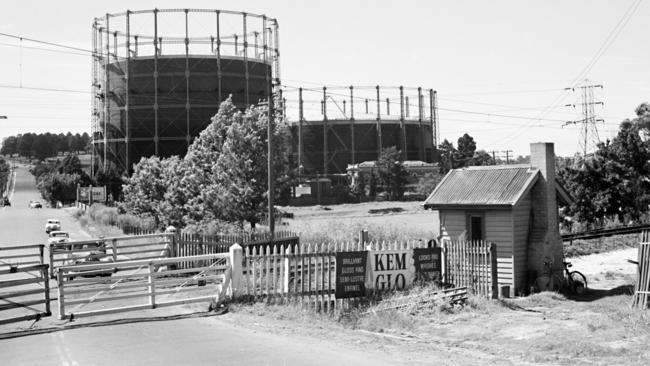
Lifestyle
Don't miss out on the headlines from Lifestyle. Followed categories will be added to My News.
The only constant on the streets of Melbourne is change.
It was always going to happen. Melbourne’s population has essentially doubled since 1970 and, as they say, you can’t make an omelette without breaking some eggs.
Familiar things have disappeared as streetscapes, architecture and aspects of the way we live have altered forever.
This is a fond look back at some of the familiar aspects of Melbourne life that have changed or disappeared as we’ve grown and modernised.
MANNED LEVEL CROSSINGS
There was a time when people inside a little hut would run out rain, hail or shine whenever a train approached to close the gates that guarded our level crossings and to open them Again when the train passed.
Many crossings were automated with boom gates by the 1970s, but manned crossings were still a common sight even at that point. Australia’s last manned railway level crossing closed in New St, Brighton in 2010.
Bizarrely, because of regulations, Metro Trains had to keep workers at the New St crossing, despite the fact the gates were locked shut.
The Baillieu government later reopened the crossing with boom gates, but the hut for crossing staff remains.
MARSHALITE TRAFFIC LIGHTS
At least some of those morning paper sellers might have hung out under a Marshalite traffic signal.
They looked more like clocks, and they were a fixture at some Melbourne intersections for decades.
These traffic signals were manufactured by Fitzroy firm Charles Marshall Pty Ltd and the first experimental set was installed at the corner of Brunswick and Gertrude streets in Fitzroy in 1937.
They were later removed from that corner when their legality was questioned, but they made a big comeback across town from 1945.
The clock faces allowed motorists green time, yellow time and red time thanks to the clock hands, which rotated day and night, and lamps kept the clock faces illuminated at night.
As antiquated as they seem, Marshalites were still doing service on roads including the Nepean Hwy in bayside suburbs in the 1970s, but were superseded by traffic lights.
At least two Marshalites remain – in the Melbourne Museum collection and outside the RACV Club in Bourke St.
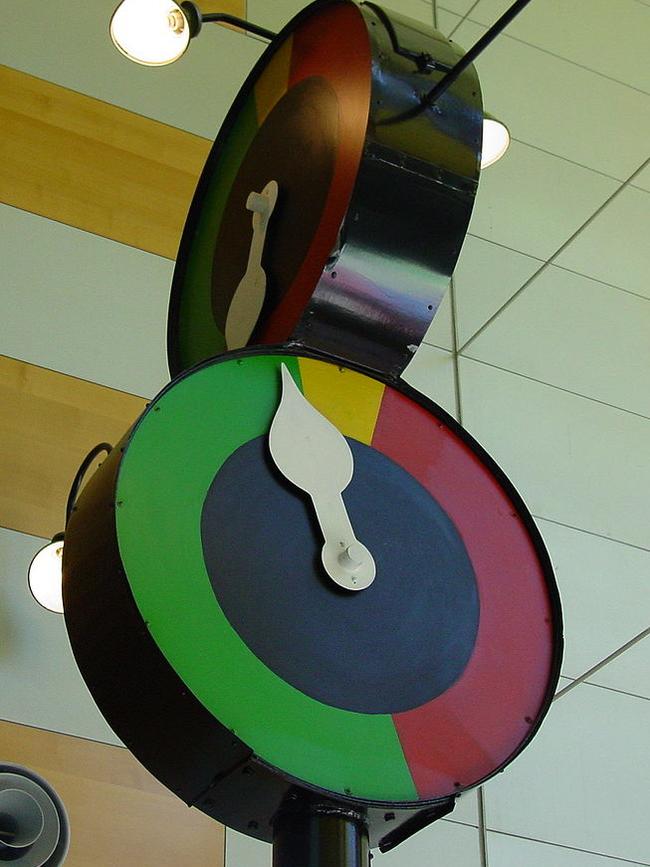
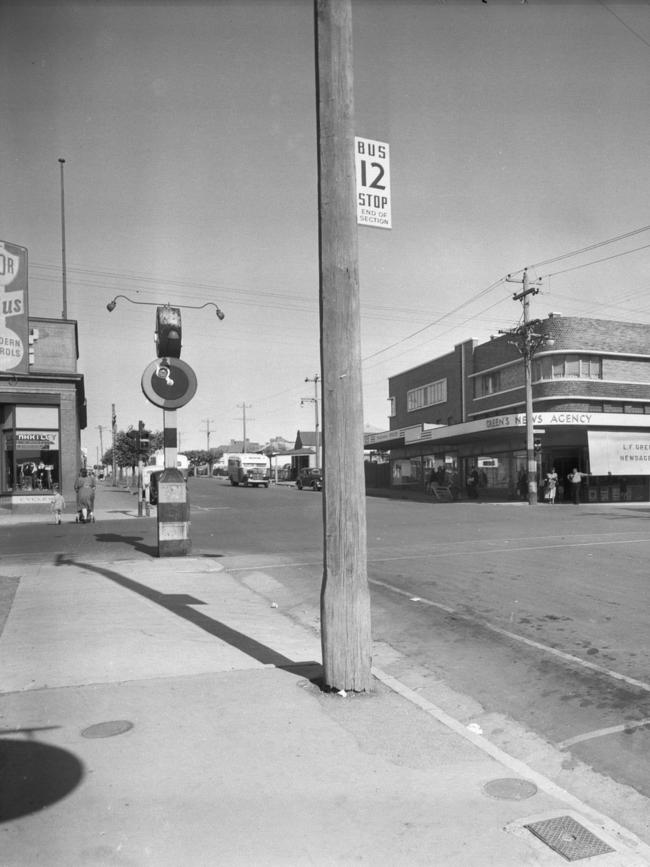
KIDS PLAYING IN THE STREET
Kick-to-kick and a hit of cricket with a bin for stumps was a time-honoured Melbourne tradition in both the industrial inner suburbs and the leafier suburbs that had parks where kids could play.
It was an easy way for all the neighbourhood children to gather, and there was always one lookout who yelled, “CAR!” as a Kingswood of a Valiant rumbled through the game.
Perhaps it’s a good thing that we’re more safety conscious these days, but it’s sad to see us lose a slice of suburbia.
CIGARETTE BILLBOARDS
Hoges, in a bow tie and with a Winfield fag hanging out of his gob, the Marlboro cowboys and the fresh-faced “Fresh is Alpine” menthol models were among the most prominent billboard advertising cigarettes back in the day.
Somehow, these iconic images were only improved by the fly-by-night vandals at BUGAUP — the Billboard Utilising Graffitists Against Unhealthy Promotions — who covered them with cutting observations about the evil weed and its damage to our health.
And BUGAUP kept it up from 1979 until the demise of cigarette advertising in Victoria in 1989.
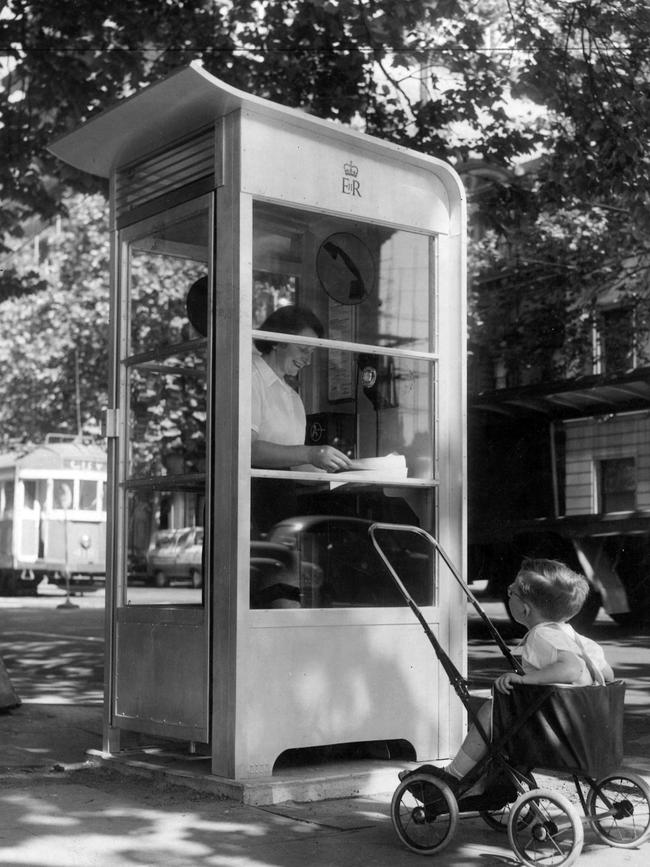
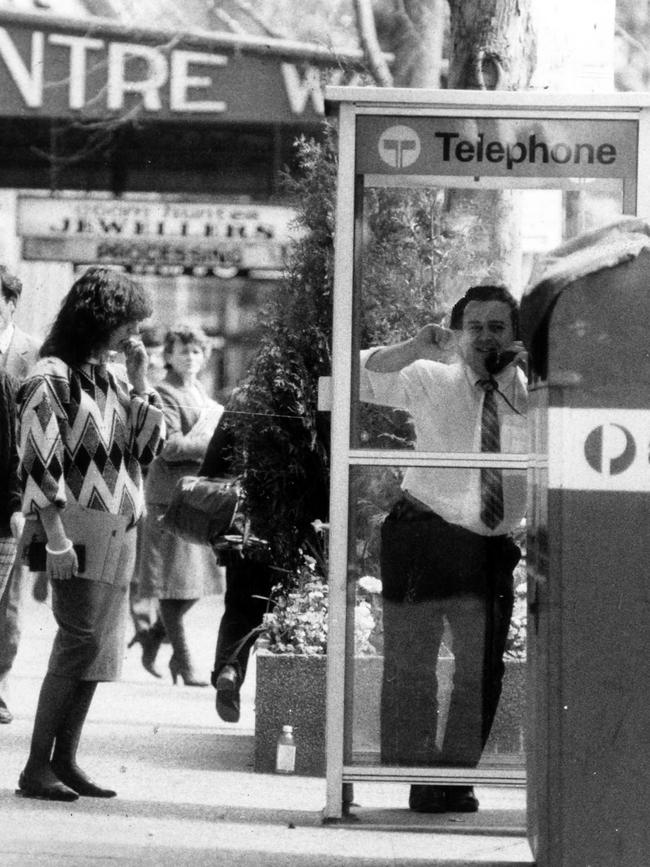
PHONE BOXES
Public phones are, of course, thinner on the ground these days thanks to the advent of the mobile phone.
But there was a time when public phones were not just a device you stood next to – you stood in them.
The glorious, old, English-inspired red timber phone boxes were phased out by the 1980s in favour of Telecom’s aluminium booths, which were cheaper and a little noisier inside if you were close to a busy street.
These were the days when workers on the road, such as sales reps, carried a King’s ransom of coins in their consoles so they could stay in touch.
Now, those public phones that remain have a hood that helps to reduce some of the outside noise but does little to shelter callers from the weather.
KIDS SELLING PAPERS AT STREET CORNERS
In the morning, at intersections all over Melbourne, kids used to stand at traffic lights, scarpering out when they turned red to sell newspapers to temporarily captive motorists.
And in the afternoons, amid the bustle and din of CBD traffic, newspaper vendors would cry, “Herrrrrrr-ALLLD!” so commuters could get their afternoon dose of news.
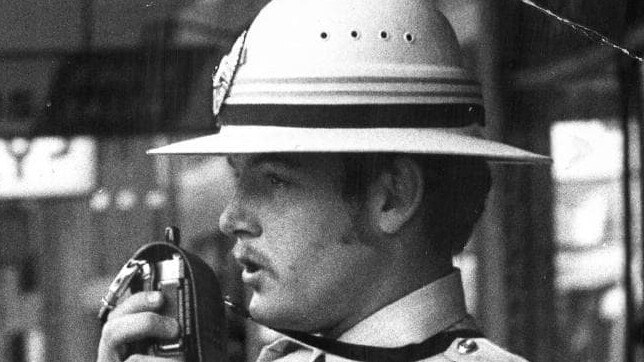
POLICE WITH PITH HELMETS
These distinctive white police hats were a part of the summer uniform for police from 1963 until the late ‘70s.
Their broad brims offered shade the traditional peak cap couldn’t match. They were a common sight at big gatherings like Moomba and the Melbourne Cup, and in general policing.
MILK AND BREAD DELIVERIES BY HORSE AND CART
There was something warm and comforting about the “clip clop” sound of a horse-drawn bread or milk cart trotting up your street to make the morning deliveries.
By the end of the end of the ‘70s, it was very rare to see a horse doing the milk rounds, and bread deliveries had all but ceased as supermarkets sold more bread, more cheaply. Sadly, these days fresh milk deliveries are no more than a retro curiosity.
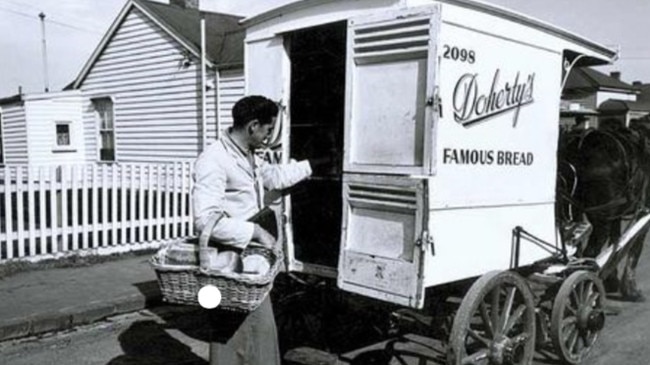
STEEL SLIDES IN PLAYGROUNDS
This was an improvement, even if councils have taken the fun out of slides in general, because the searing heat of steel plate baking in the sun wasn’t ideal for our legs or our bums.
Slides are generally made from PVC these days, but they are also not very high or, worse, have been retrofitted with mounds of dirt to prevent the remote chance any child might fall from them to the ground.
But at least the kiddies’ hides don’t get tanned anymore.
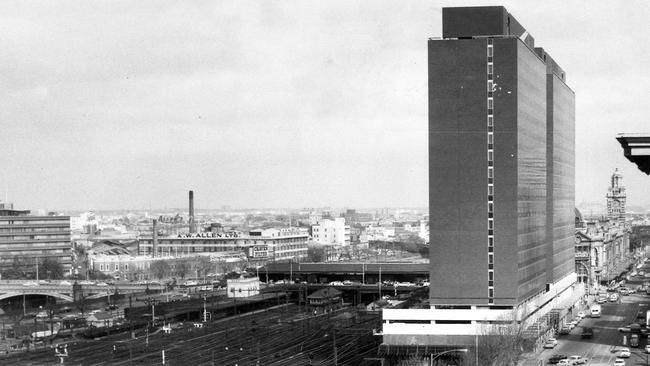
THE GAS AND FUEL TOWERS
Gone but not forgotten – and not missed, either.
These mission brown brick monstrosities, known as the Princes Gate Towers, were built over the old Princes Bridge railway station and part of the Flinders St rail yards to house the Gas and Fuel Corporation.
And the towers were unloved more o less from the second they were completed in 1967. The complex included a plaza area that overlooked the Swanston and Flinders streets intersection and collection of shops in and around the entrance to the new Princes Bridge station that seemed to attract dirt and soot.
It took 30 years and the privatisation of the old Gas and Fuel for the towers to fall, but fall they did, making way for Federation Square.
MORE MELBOURNE NOSTALGIA
WHEN DRIVE-IN CINEMAS RULED SATURDAY NIGHTS
